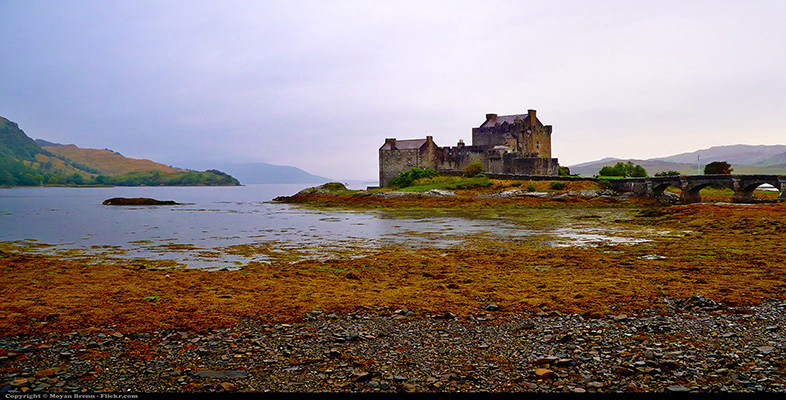Contradictions
Before the Second World War, the alternative centres of modernism were also key sites of uneven and combined development: Berlin, Budapest, Milan, Moscow and Prague. In these places, large-scale industry was created by traditional elites in order to develop the production capacities required to compete militarily with Britain. Factory production was plopped down into largely agrarian societies, generating massive shocks to social equilibrium. In many ways, Moscow is the archetypal version of this pattern of acute contradictions. Before the 1917 Revolution, Moscow was the site of enormous and up-to-date factories, including the world’s largest engineering plant, but was set in a sea of peasant backwardness. This is one reason that Vladimir Lenin described Russia as the weakest link in the international-capitalist chain.
This set of contradictions put a particular perception of time at the centre of modern art. Opposition to the transformations of society that were underway could be articulated in one of two ways, and in an important sense both were fantasy projections: on the one hand, artists looked to societies that were seen as more ‘primitive’ as an antidote to the upheavals and shallow glamour of capitalism. On the other hand, they attempted a leap into the future. Both perspectives – Primitivism and Futurism – entailed a profound hostility to the world as it had actually developed, and both orientations were rooted in the conditions of an uneven and combined world system.
The vast urban centres – Paris, Berlin, Moscow – attracted artists, chancers, intellectuals, poets and revolutionaries. The interchange between people from different nations bred a form of cultural internationalism. In interwar Paris, artists from Spain, Russia, Mexico, Japan and a host of other places rubbed shoulders. Modernist artists attempted to transcend parochial and local conditions and create a formal ‘language’ valid beyond time and place, and ‘the school of Paris’ or the ‘international modern movement’ signified a commitment to a culture more capacious and vibrant than anything the word ‘national’ could contain. The critic Harold Rosenberg (1906–78) stated this theme explicitly. Rejecting the idea that ‘national life’ could be a source of inspiration, he suggested that the modernist culture of Paris, was a ‘no-place’ and a ‘no-time’ and only Nazi tanks returned the city to France by wiping out modernist internationalism (Rosenberg, 1970 [1940]).
